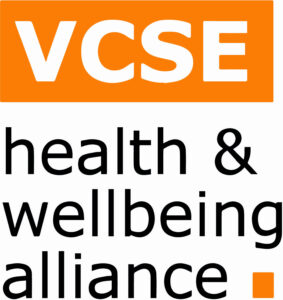This is adapted from the document Managing the risk and impact of suicide: Guidance for organisations with kind permission from Homeless Link.
Everyone's job.
No wrong door.
Trauma-informed.
Strengths-based.
Listening.
Collaboration.
Person-centered.
Everyone's job.
Everyone in the organisation has a responsibility to meet the needs of people who may be experiencing self-harm or suicidal thoughts.
- Adapted from Public Health England, Better care for people with co-occurring mental health and alcohol/drug use conditions A guide for commissioners and service providers
No wrong door.
There should be an open-door policy for individuals at risk of self-harm or suicidal thoughts, and a make every contact count approach. A compassionate and appropriate response should be available at every contact point. If signposting to another member of staff is required, continued support should be provided to the individual until the appropriate staff member has made contact and initiated support.
- Adapted from Public Health England, Better care for people with co-occurring mental health and alcohol/drug use conditions A guide for commissioners and service providers
Trauma-informed approach.
Ensure that staff, volunteers, and organisations place self-harm and suicidal behaviour within the context of trauma-informed care.
Strengths-based approach.
Ensure people are leading their own support and base any action around their own strengths and resilience.
Active listening.
Listening in an open, non-judgemental way can make a significant difference and should be prioritised.
Collaboration.
To ensure that everything the organisation does is with, and not for, people.
Be person-centred, not protocol-centred
Policies and procedures are used to offer better support as needed by the individual but are not rigidly followed at the expense of a human response.
- National Collaborating Centre for Mental Health (2018) Self-harm and Suicide Prevention Competence Framework: Community and public health.
